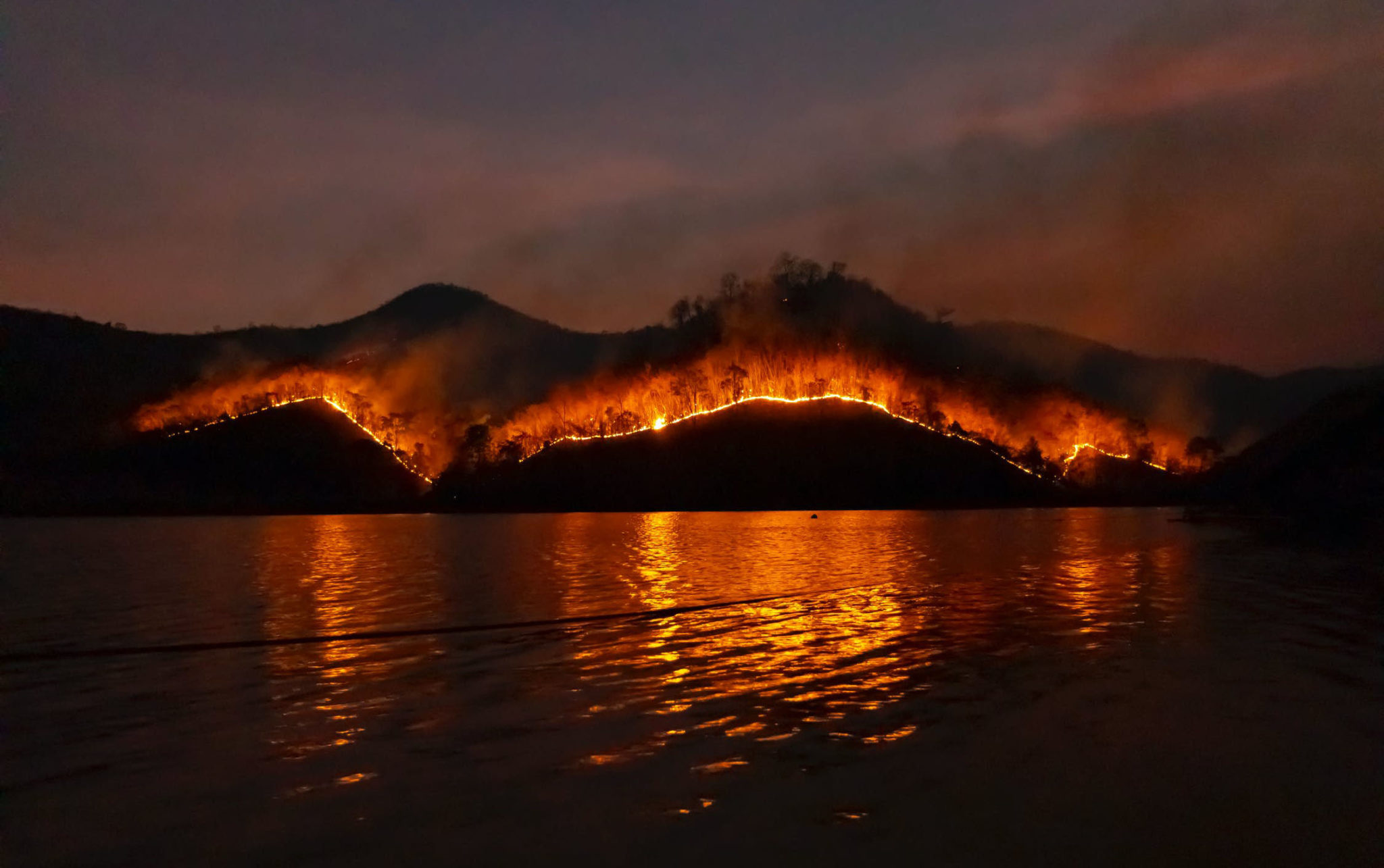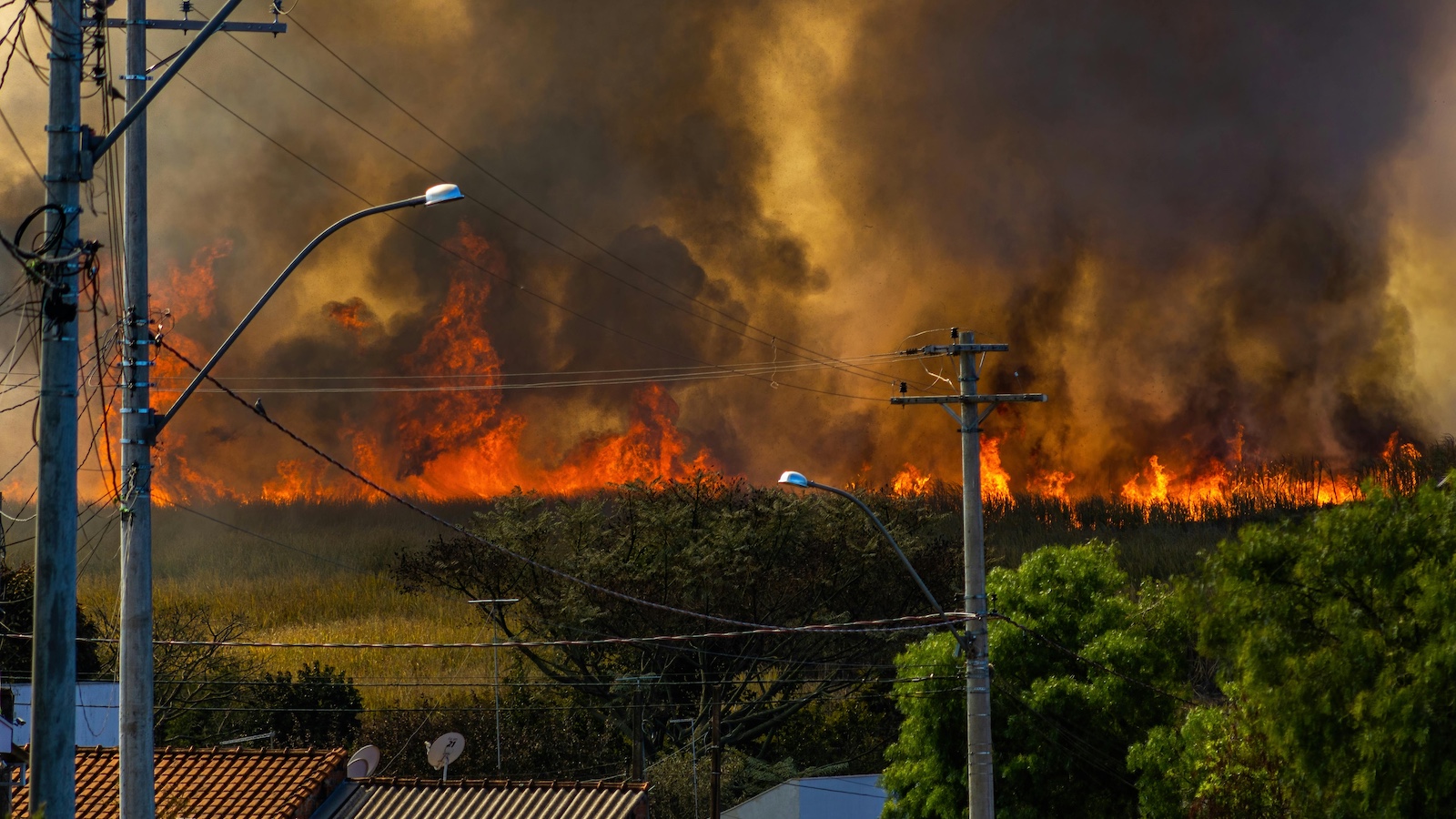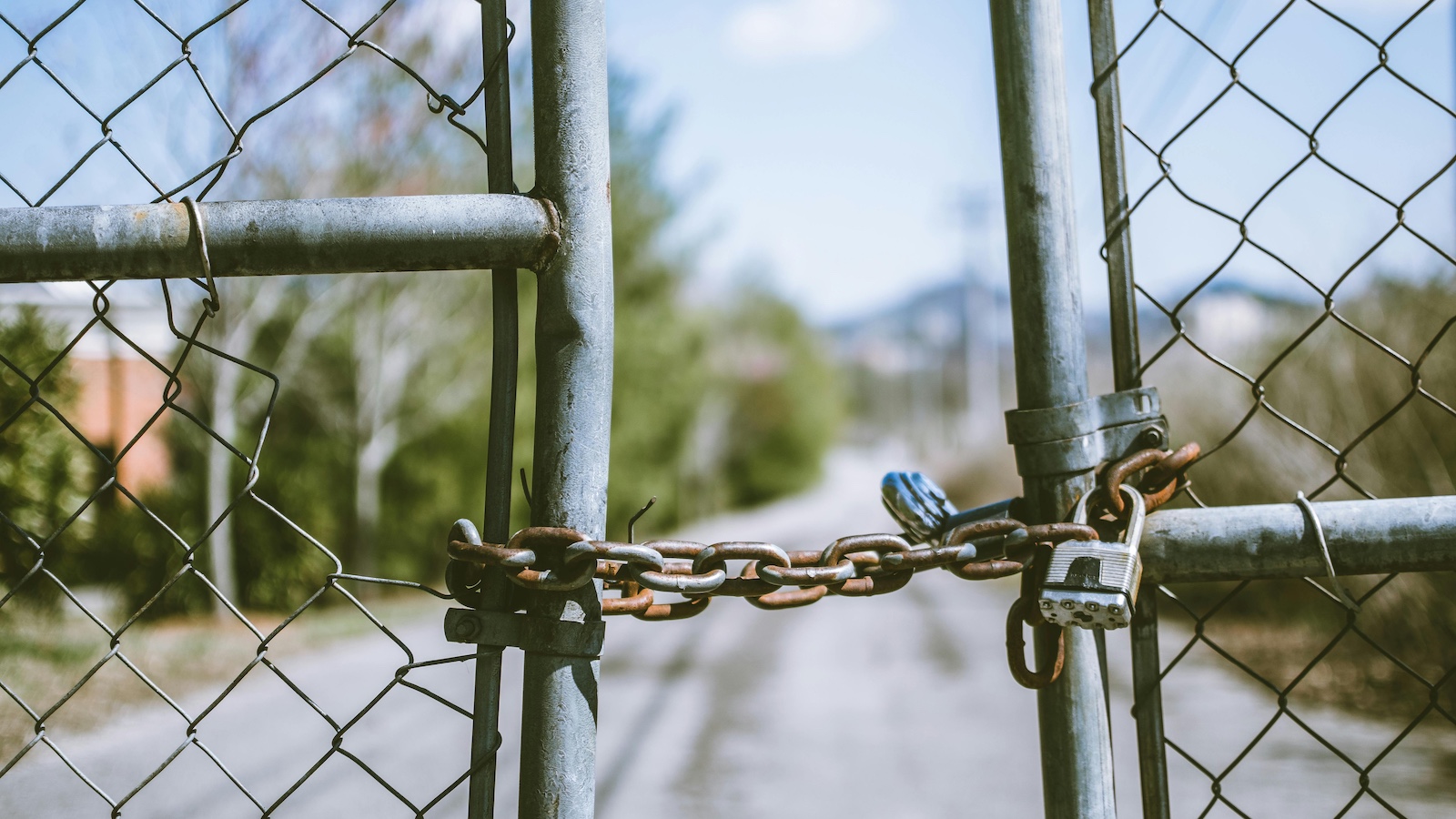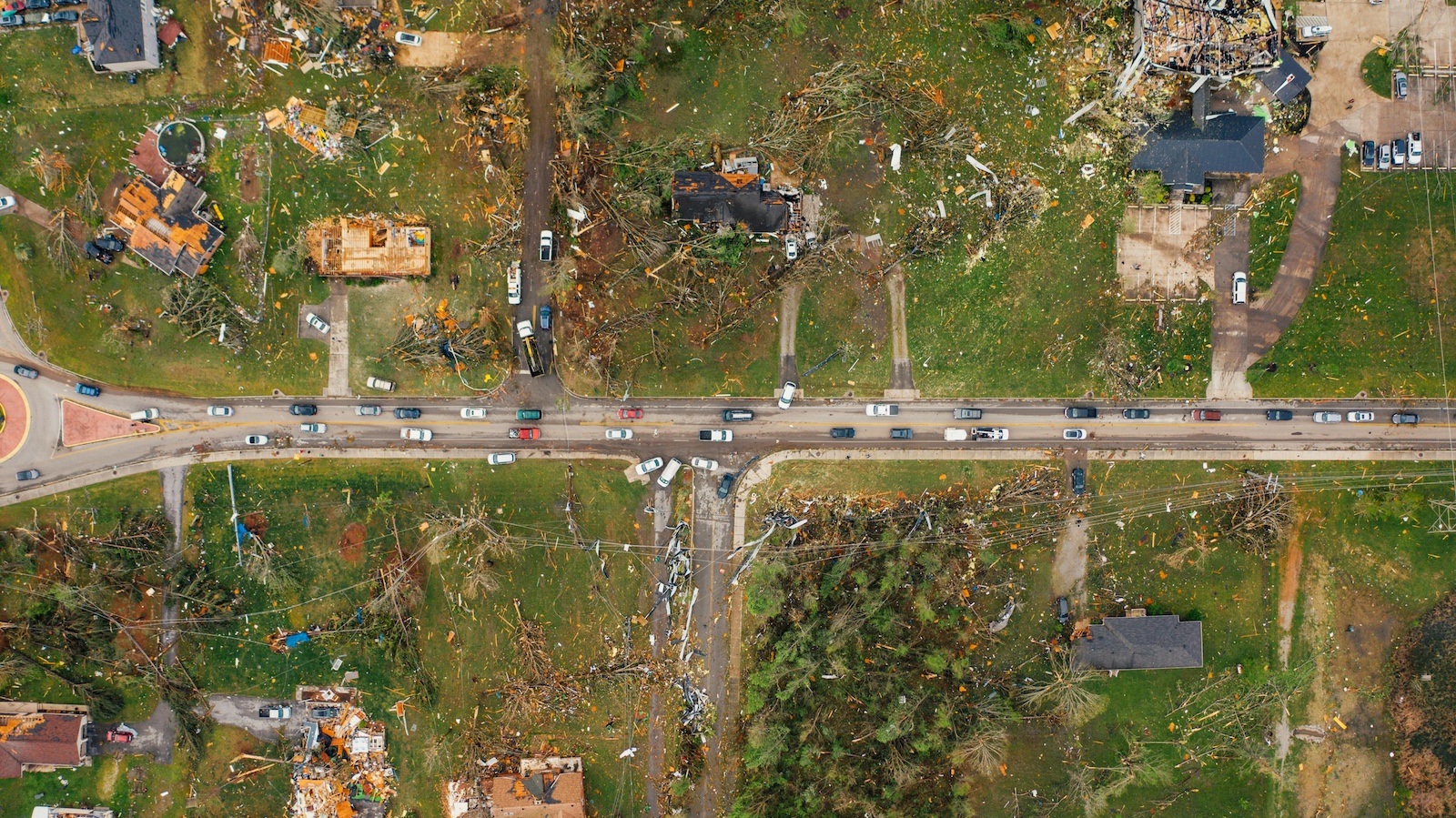It is only the beginning of the 2020 wildfire season, and already there have been 20,351 U.S. wildfires between Jan. 1 and June 12. Compare this with 16,630 fires during the same period in 2019, according to the National Interagency Fire Center (NIFC).
As many as 90% of wildfires in the U.S. are caused by people, according to the Department of the Interior. Some are caused by unattended campfires, burning of debris, downed power lines, negligent discarding of cigarettes and arson.
In many cases, wind causes fires to spread over greater distances, creating exponential expansion. Fire spreads from hillsides to various points in the valleys, creating spot fires with no relationship to the main wildfire body. Examples of late season fires being compounded by extreme winds include several Southern California fires in 2019.
When One Disaster Follows Another
Across the U.S. and Canada, the scale of forest fires has increased to the degree that the fires themselves are now contributing to the rise in greenhouse gas emissions. Some fires are even creating their own weather systems, making winds more erratic and conditions too dangerous for firefighters to protect people and properties. These fires are often called megafires, and they are becoming more common. Some bushfires in Australia created powerful pyrocumulus clouds that led to smoke-infused thunderstorms. The lightning from these storms threatened new fires, which sometimes developed into fire tornadoes.
Warmer temperatures do more than just dry out the land. They also heat up the atmosphere, where clouds hold on to more moisture for longer periods, causing severe drought and fire. This is often followed by crushing rains that can’t be absorbed by severely dry lands. When floods and mudslides destroy property where fires blazed nearby, a cycle of what scientists call “compound extremes” – one climate disaster intensifying the next – makes recovery more difficult.
See also: Wildfire Season: ‘The New Abnormal’?
Evacuations and Blackouts Made 2019 Unique
While 2019 was not as active as 2018 in the U.S., disruption was still significant, leading to the evacuation of over 200,000 people and the declaration of a state of emergency in California.
One of the most notable aspects of the 2019 California wildfire season was the introduction of scheduled intentional power outages by utility companies when fire conditions were forecast. This was meant to minimize or eliminate ignition risk from downed powerlines. These preemptive power shutoffs occurred in approximately 30 counties in California for approximately 23 days total, by Pacific Gas & Electric, Southern California Edison and San Diego Gas & Electric. The shutoffs initially affected around 800,000 customers, or about 2 million people. Stanford University’s Michael Wara, an expert on electricity policy in California, estimated the total costs of the blackouts were somewhere between $1.8 billion and $2.6 billion.
The shutdowns drew widespread criticism from residents as well as government officials. Many businesses and residents complained of either being misinformed or not informed when shutdowns would occur. California developed programs to protect utility companies and consumers in the advent of future wildfire events. The state legislature passed a bill that created a $21 billion state-run insurance pool to act as a cushion for utility companies against future wildfire claims.
Wildfire Modeling
Wildfires are a rapidly growing challenge – and businesses need better tools to manage this risk. Predicting wildfire-related risk requires understanding more than just fire history, frequency and severity. Using solutions that are scientifically supported and peer-reviewed can provide powerful insights into wildfire mitigation, monitoring, reporting and response.
At Allianz, wildfire modeling is approached from a loss- prevention perspective:
- Fire frequency, history and severity: Quantifies how often and how severe wildfires are expected to be, based on the history of a specific location
- Ember loss and smoke damage: Scores the risk of a fire breaking containment via drifting embers and the projected path of those embers
- Structure-to-structure ignition: Considers the proximity of houses and structures in each zone and the projected risk of fire jumping from structure to structure
- Urban conflagration: Uses fire shed analysis incorporating the risk of a wildfire’s transition into urban areas, including structure-to-structure loss, ember scoring and accumulated risk
- Correlated risk zones: Uses interactive maps to correlate and understand risk of single-fire events in specific areas
Reinsurance and risk modeling experts have begun using terms such as “megafires” and “the new abnormal” as they have identified several contributing trends of interest:
- Increase in property development in and adjacent to wildland urban interface (WUI) areas
- Increase in fuel loads on the ground, including dead standing trees due to drought and insect infestation, along with a decrease in fuel moisture content as a result of prolonged arid conditions
- Increase in weather volatility from year to year, including several years of drought interspersed with a few very wet winters, as well as longer dry seasons extending later in the year when intense seasonal wind patterns are most likely to spread fires
- Changes in fire behavior, with rapid expansion becoming more explosive in terms of quickness and distance, due to a confluence of extreme conditions, including high temperatures, low humidity, strong winds, high fuel loads (vegetation and structures) and steep, hilly terrain; fires have consumed up to 70,000 acres a day and traveled over 15 miles in a few hours, with embers blown across multilane highways into developed areas within city limits
- Multiple fires have erupted at the same time and often in close proximity, stretching the availability of fire-fighting resources and their capability for aerial drops of retardants due to massive smoke plumes that reduce visibility
See also: Some Hope in the Face of the Wildfire Threat
COVID-19 Challenges
The 2020 fire season presents new challenges related to COVID-19. The pandemic has raised the stakes at the worst possible time, forest managers say, and is forcing firefighters, officials and communities to rethink how they combat blazes. One such consideration is firefighters moving from blaze to blaze in camping groups while not on the front lines. This previous practice is now considered a dangerous incubator for COVID-19. Also, the combination of smoke inhalation and the novel coronavirus complications greatly expand respiratory risks for first responders.
The continued spread of the coronavirus, as well as the economic paralysis that has accompanied health restrictions, has affected every aspect of wildland firefighting. With fires beginning earlier in the spring and persisting later into the fall, communities may have to contend with the dual risk of COVID-19 and wildfire for several months.







